Big mystery! NASA ICON satellite lost in space! Strangely, no one knows why
NASA has lost contact with its atmosphere-studying Ionospheric Connection Explorer (ICON) satellite since November 25 and no one can understand why. Check details.
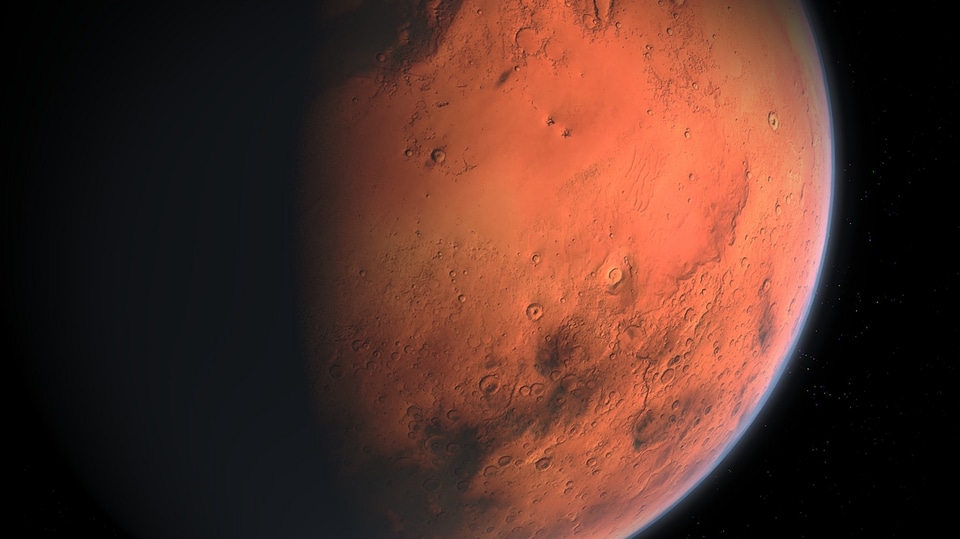



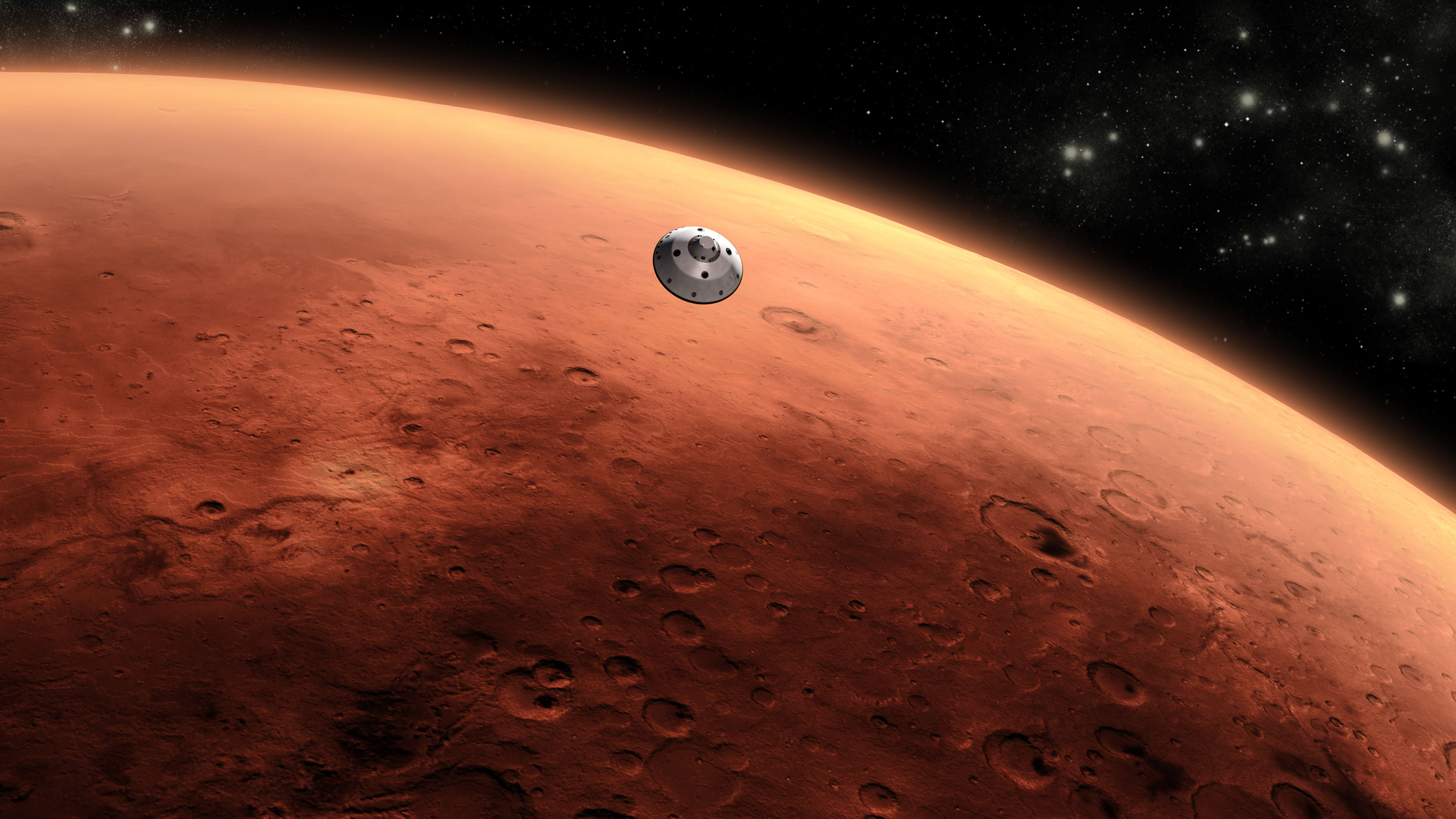
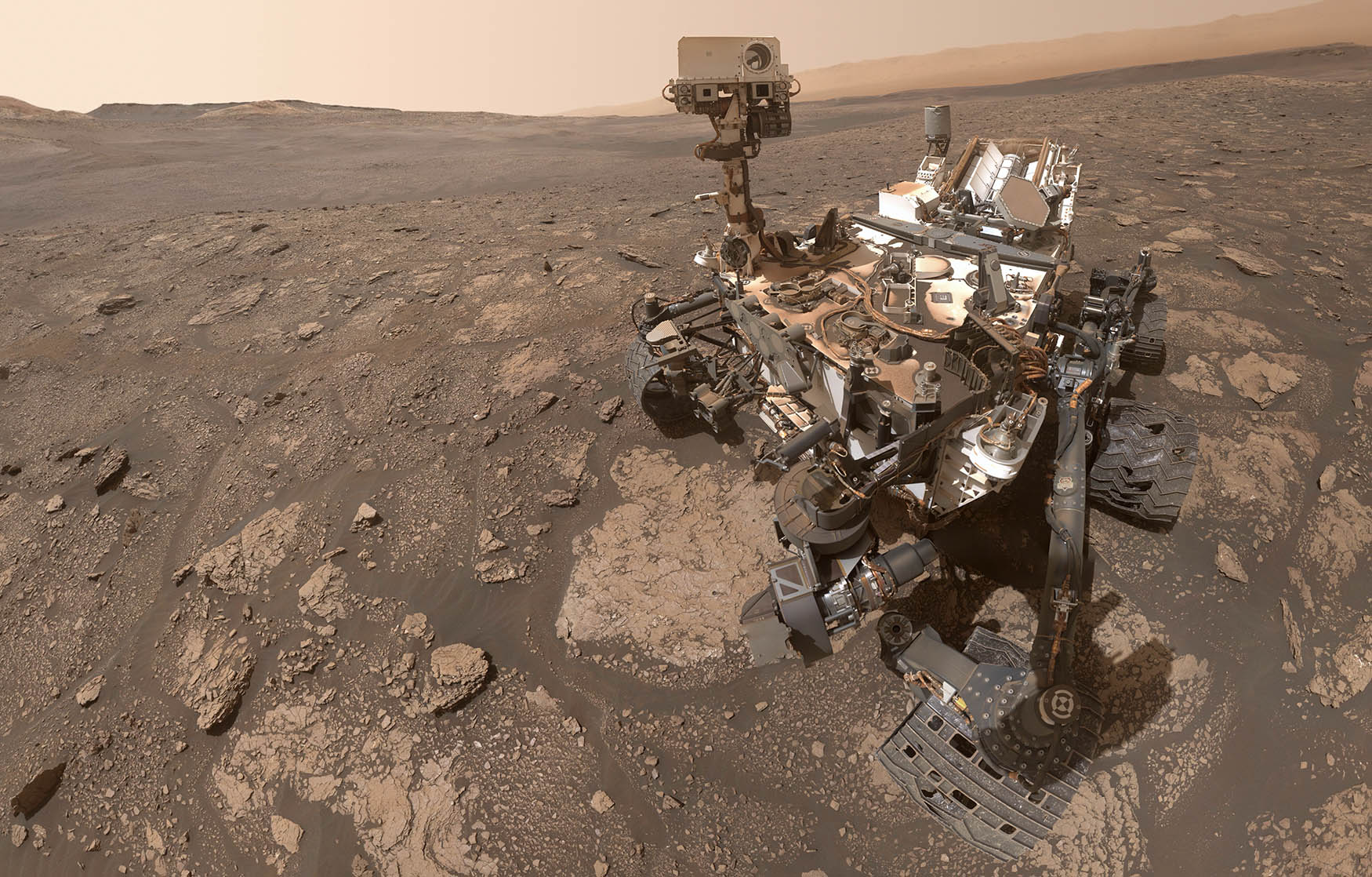
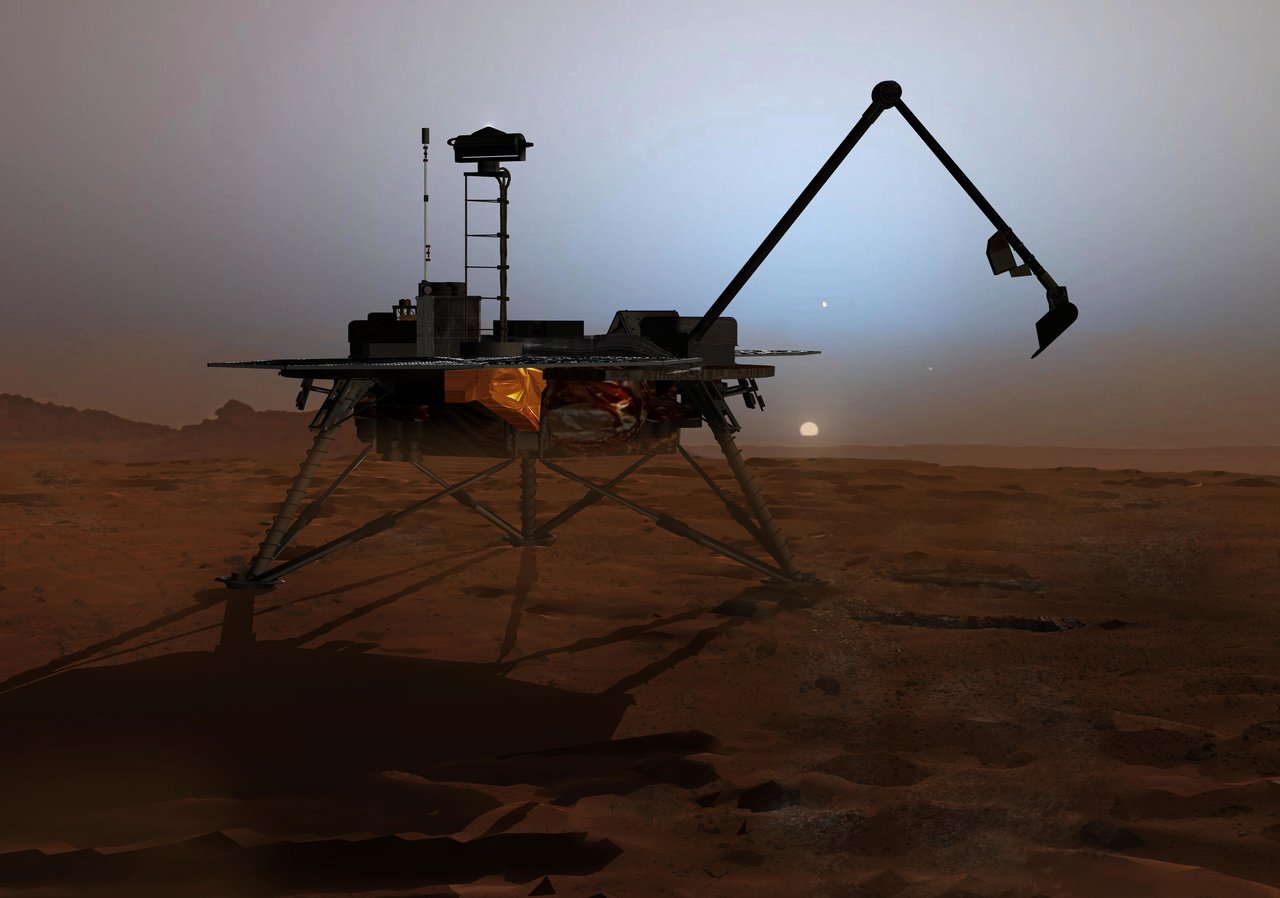
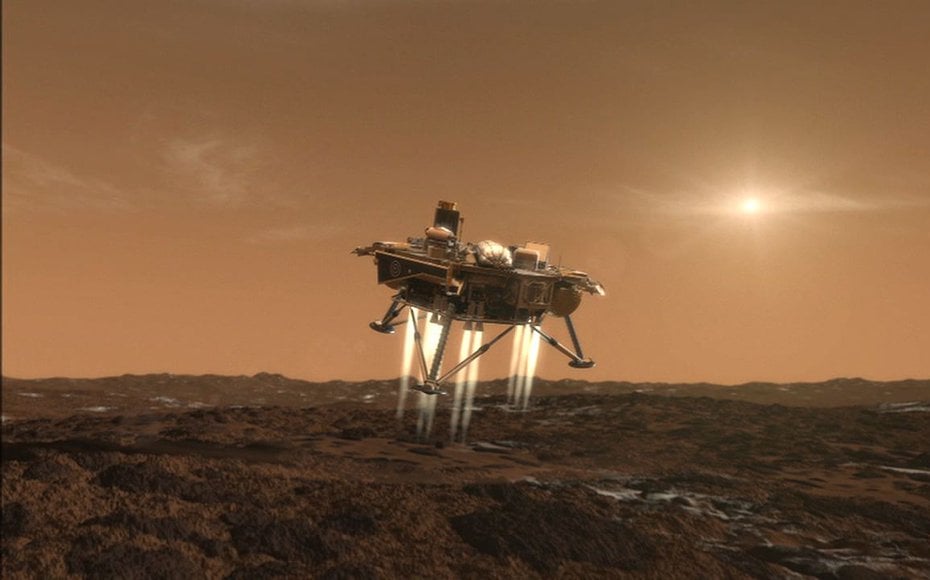
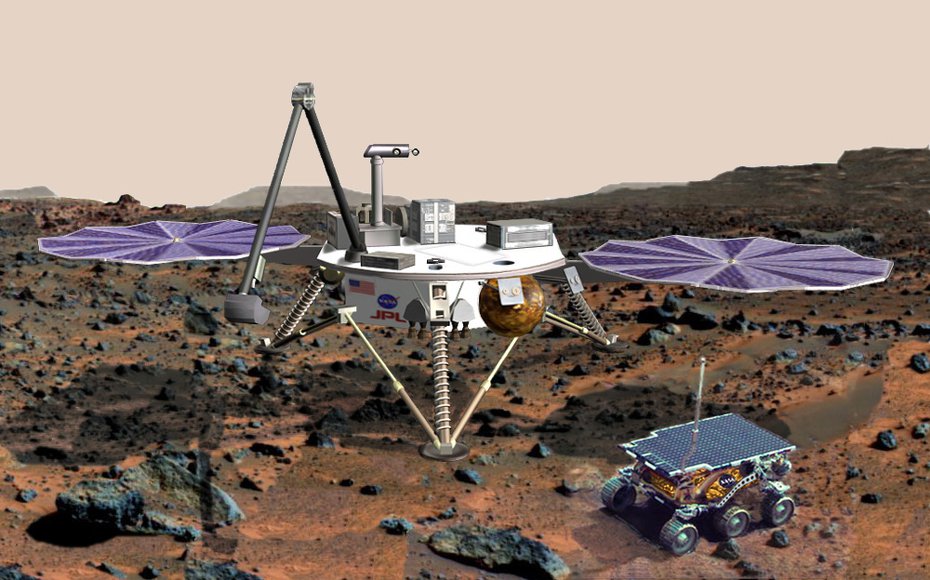

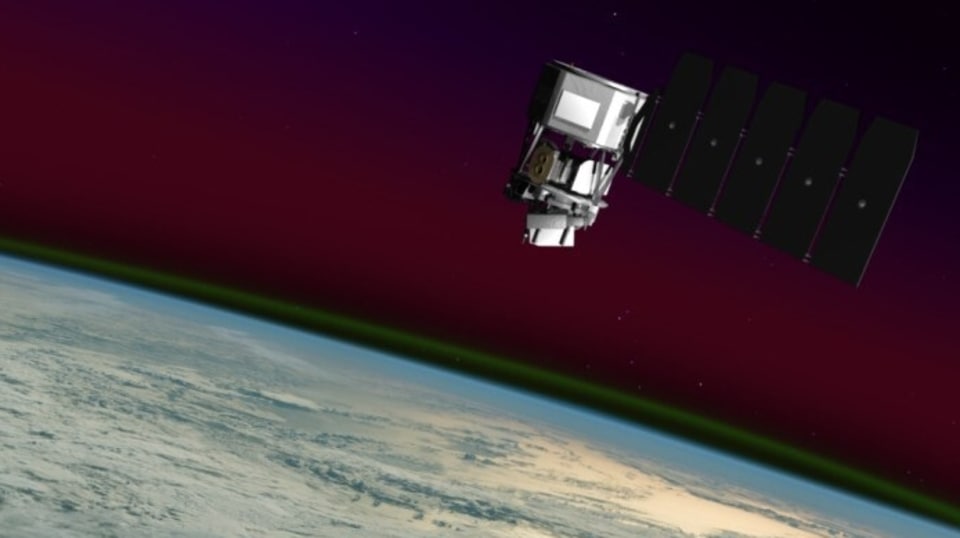
 View all Images
View all ImagesNASA has deployed many satellites in space which observe and analyze things both inside the Earth as well as outside of it. These satellites monitor the atmosphere, oceans and ice caps, asteroids and much more. These satellites regularly send signals sharing information with the different agencies of NASA. However, something very strange has happened recently. NASA has lost contact with one of its satellites and nobody knows what happened. The satellite has not sent a signal back home since November 25. Read on to know more.
According to a brief statement given by NASA, the space agency Ionospheric Connection Explorer (ICON) has stopped responding to the headquarters since November 25. To make matters more confusing, the satellite did not contact home even after triggering NASA's fail-safe mechanism.
NASA explained, “The ICON spacecraft is equipped with a built-in onboard command loss timer that will power cycle or reset the spacecraft after contact is lost for eight days. On Dec. 5, after the power cycle was complete, the team was still unable to acquire a downlink signal from the spacecraft”. Currently, the team responsible for the mission is working on establishing contact with the satellite.
NASA satellite goes missing
The NASA ICON satellite was launched on October 19, 2019, and has already completed two years of its prime mission phase of life. After December 2021, it has been operating in extended mission status. It was looking through the ionosphere of the Earth, something other satellites have not been focusing on. The study of the ionosphere is important because all of satellite-based radio communication on Earth passes through this layer of atmosphere. This layer is also highly impacted by the inconsistent solar radiation.
Providing possible reasons for this loss of contact and sharing the next steps, NASA said, “The ICON mission team is working to troubleshoot the issue and has narrowed the cause of the communication loss to problems within the avionics or radio-frequency communications subsystems. The team is currently unable to determine the health of the spacecraft, and the lack of a downlink signal could be indicative of a system failure”.
Catch all the Latest Tech News, Mobile News, Laptop News, Gaming news, Wearables News , How To News, also keep up with us on Whatsapp channel,Twitter, Facebook, Google News, and Instagram. For our latest videos, subscribe to our YouTube channel.
































